Sandal Castle
Though much of the castle was robbed of its stones, the underlying earthworks are among the best-preserved in England.
In a country speckled with stoic ruins, Sandal Castle is a little-known but still magnificent historic site. Though much of the actual castle was robbed of its masonry by later builders, the fantastic underlying earthworks and motte (an artificial hill used as a fort) are among the best-preserved in England.
People have been using the grounds for centuries. The Normans likely completed the motte-and-bailey castle around 1130. By the 13th century, people had begun rebuilding the castle, this time using stone to create a magnificent fortress.
The castle was continually developed by the de Warennes family until 1361, when the castle fell into the hands the Crown. Under the Crown, no further major building work took place until, in the 1400s, Richard III ordered workers to make Sandal a suitable base for a permanent household in the north. However, his famous defeat at Bosworth Field in 1485 put a stop to any additional developments.
During the Wars of the Roses, the Duke of York was killed on Wakefield Green (which is below the castle) during the 1460 Battle of Wakefield, though the castle remained undamaged. A monument stands at the site of the Duke’s death.
From then on, Sandal Castle was allowed to fall into decay and went unoccupied until the 17th century. During the English Civil War, it was used for a brief two months by the Royalists in 1645. Afterward, it was stripped of its defenses. Left in ruins, the once-grand castle was eventually “quarried” for stone and remained largely forgotten.
As the medieval fortress was reduced to mere fragments of its former glory, it slowly began revealing the earthworks and motte it had been built upon. Remnants of the old motte-and-bailey castle were further unearthed by the excavations that took place in the 1960s and ’70s.
Know Before You Go
There's fee admission and free on-site parking. The site has been laid out as a tourist attraction and popular local picnic site, with well-laid paths, with newly reopened wooden steps and a bridge over the moat giving access to the upper parts of the earthworks which have a splendid 360 degree views of Wakefield and the countryside.

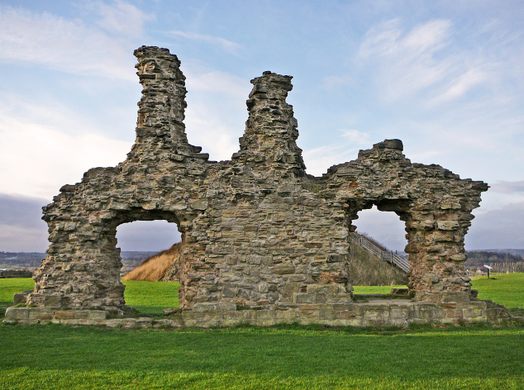
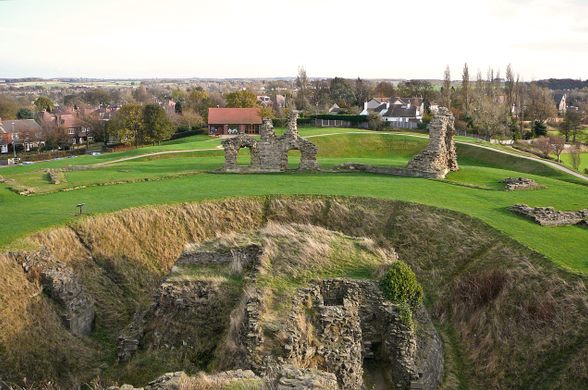

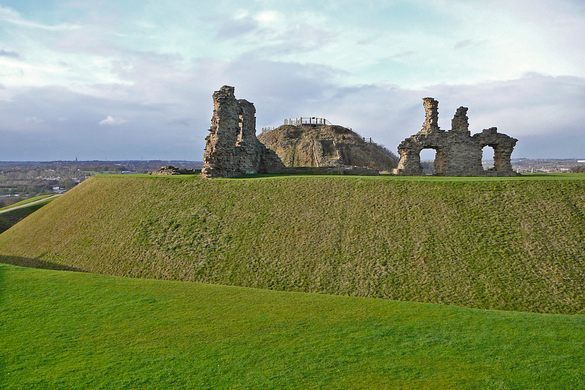
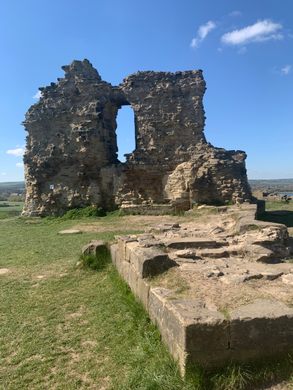






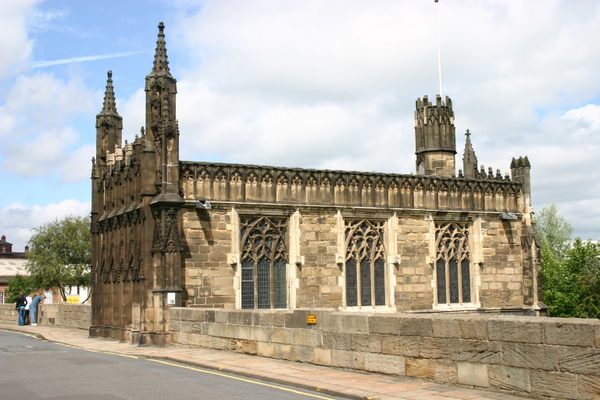
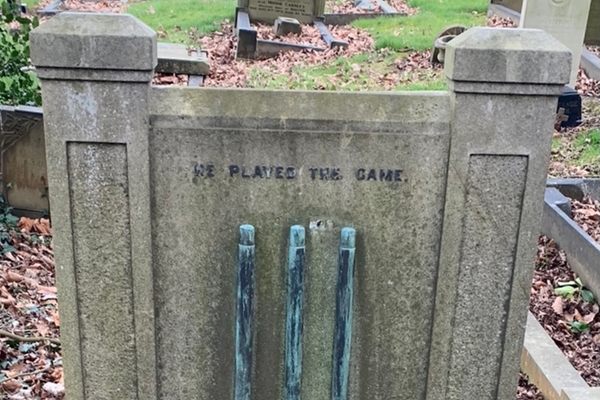


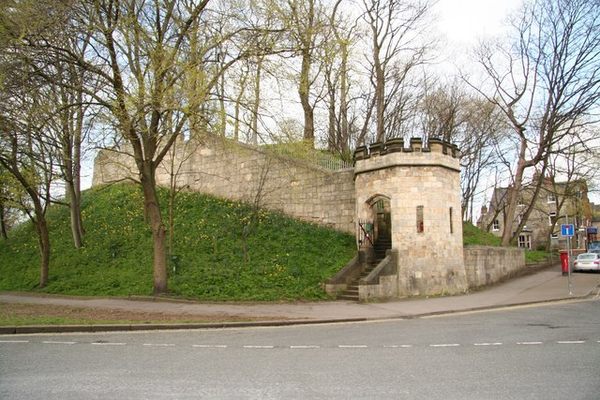
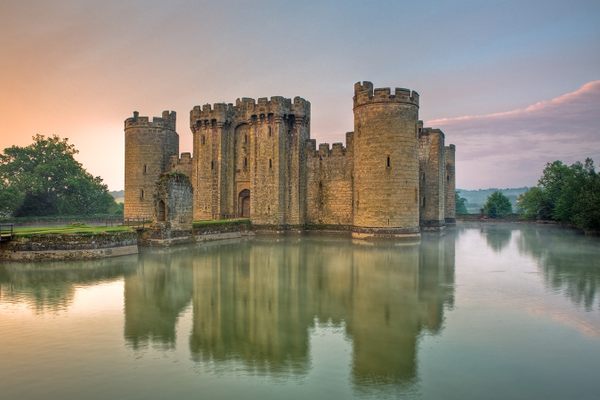

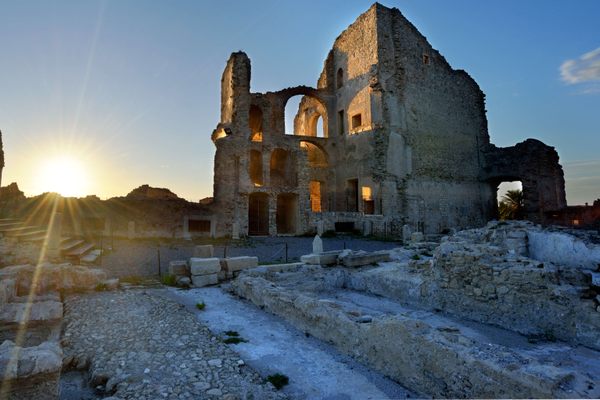

Follow us on Twitter to get the latest on the world's hidden wonders.
Like us on Facebook to get the latest on the world's hidden wonders.
Follow us on Twitter Like us on Facebook